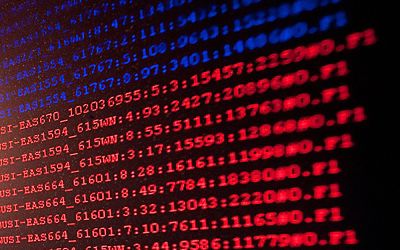St. Jude Family of Websites
Explore our cutting edge research, world-class patient care, career opportunities and more.
St. Jude Children's Research Hospital Home

- Fundraising
St. Jude Family of Websites
Explore our cutting edge research, world-class patient care, career opportunities and more.
St. Jude Children's Research Hospital Home

- Fundraising
VCF2CNA
Efficiently detect Copy number Alteration
Introduction
Whole genome sequencing (WGS) is increasingly used in both research and clinical settings. The Variant Call Format (VCF) specification is a widely adopted file format for genetic variation data exchange partially due to its smaller file size compared to raw WGS BAMs. Each variant in a typical VCF file contains its chromosome position, reference/alternative alleles and corresponding allele counts. This makes it possible to identify copy number alterations (CNAs).
- Crest Publication
- Crest Application

Test Cases
We analyzed 22 TCGA glioblastoma tumor/normal pairs by Illumina technology to evaluate VCF2CNA’s performance. It achieved high consistency (average F1-score: 0.952 ± 0.082) with CONSERTING, a tool that incorporated read-depth and SV data from raw BAMs for CNA detection. A segment-by-segment comparison between results from CONSERTING and VCF2CNA indicated that the latter was less sensitive to focal CNAs. This is expected because there is less information in the VCF input than in raw BAMs. Further analysis using samples with a “fractured genome” pattern revealed that VCF2CNA was more robust to library artifacts and produced relatively clean CNA profiles (on average 76.2-fold reduction compared to the number of segments reported by CONSERTING).
Finally, we analyzed 137 pediatric neuroblastoma samples from the TARGET project, sequenced by Complete Genomics, Inc. (CGI) technology. MYCN amplification has been clinically validated in 33 samples. VCF2CNA identified high amplitude MYCN gains in 32 samples and the remaining sample carried a low-level broad gain covering MYCN. For comparison, CGI’s HMM-based method reported MYCN gains in only 15 out of the 33 samples. VCF2CNA further identified two additional MYCN amplifications among the remaining samples. Collectively, our analysis suggests that VCF2CNA is a platform-independent, efficient, robust and accurate tool for general WGS-based CNA analysis. It further complements CONSERTING, which produces more accurate result in focal CNAs at the cost of significantly higher computational burden.
- Conserting Publication
- Conserting Application